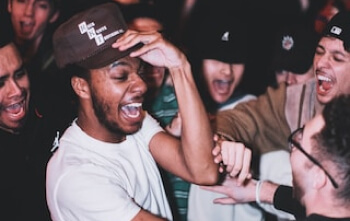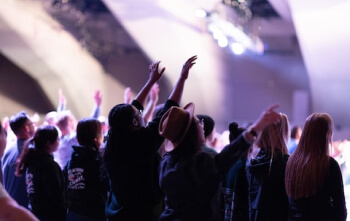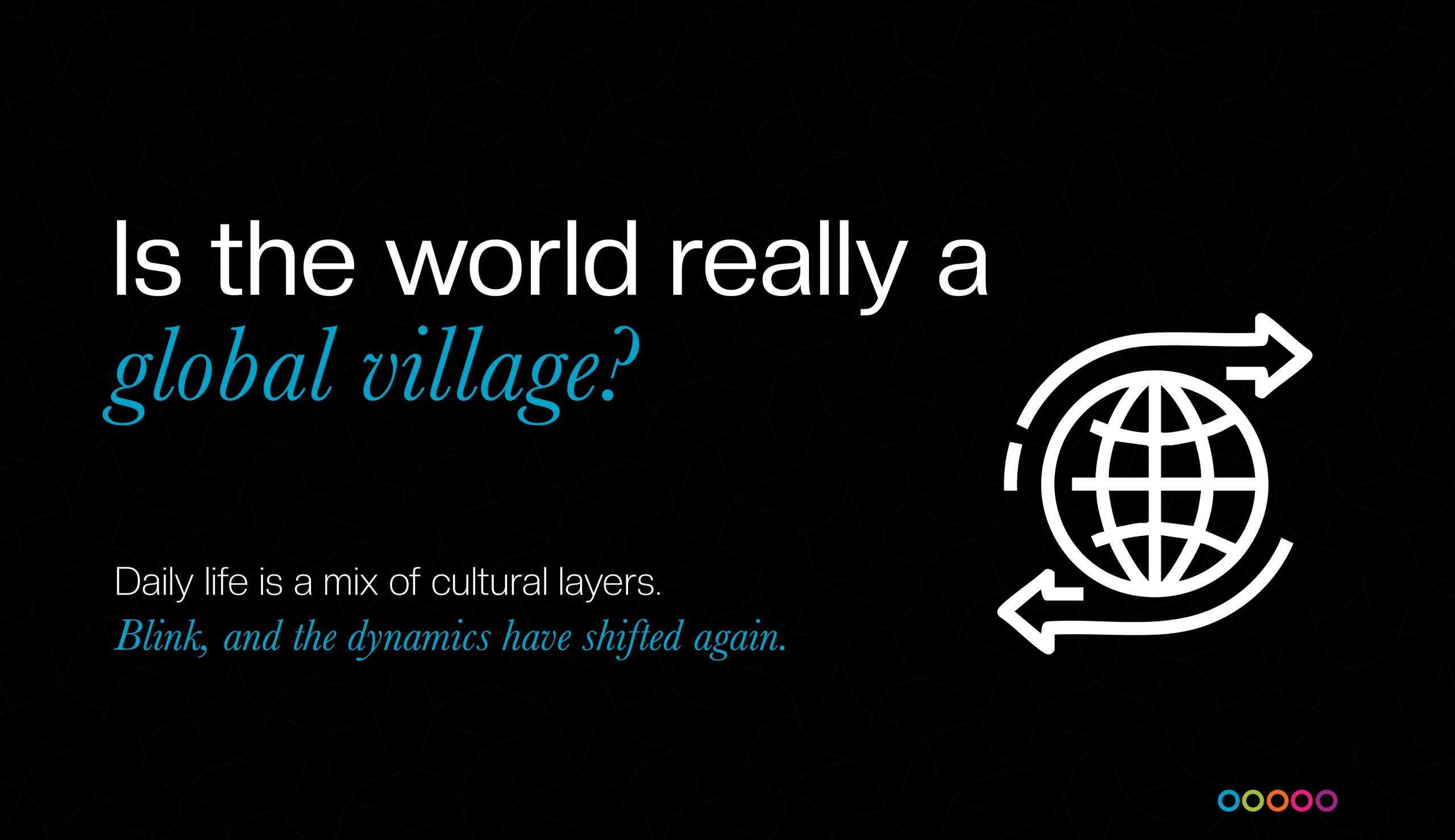There’s a generational shift happening in how identity itself is being shaped. The next wave of audiences isn't easily boxed in by region, genre, or nostalgia. They’re fluent in Fuji and film scores, shaped by family traditions and TikTok subcultures, and living at the intersection of Lagos bus parks and global data flows.
So the question is: How do we create for a generation raised on local rhythms and global media, now navigating AI fatigue, shifting identities, and rapid cultural change? How do we speak to them in a way that meets them where they are, without losing where they’ve come from?
What Resonates Now At Livespot360, we’ve worked across formats, genres, and industries, and we found that projects grounded in lived cultural experience tend to connect more deeply. Especially with audiences aged 18 to 35, who now exist across many fragmented layers.
They switch between digital slang and native dialects without missing a beat. They observe family customs in the morning, debate global ethics online by afternoon, and watch Korean dramas with subtitles by night. They're not torn between these worlds; they are built from them.
The creative work that lands, lingers, sparks conversation, or drives action, are the ones that acknowledges this layered existence. It doesn’t explain it away or dilute it into stereotypes. It reflects what already is.
The Rise of Cultural Hybrids What we’re seeing is a rising demand for creative language that’s as layered as the people consuming it.
That doesn’t mean applying nostalgia as a visual filter or using futurism as a buzzword. It means understanding that for this generation, both concepts are lived experiences. They remember their mother's cooking by smell and use ChatGPT to write business proposals. They miss NTA jingles and binge Netflix with equal reverence.
This is not about contradiction. It’s about coexistence.
Their identities aren’t split, they’re synthesized.
So when creative work tries to flatten that complexity into one-dimensional storytelling, it feels false. It misses the chance to connect in a way that feels earned.
Culture Is Not Decoration In the push to “localize” global campaigns, many fall into the trap of decorating a template with cultural motifs. A dash of pidgin. A nod to Ankara patterns. A quick cameo from a known name. But culture isn’t seasoning, it’s the substance. When you treat culture as a checklist, the result is work that may look right but doesn’t feel true.
This audience is too exposed, too perceptive, and too connected to accept that kind of oversimplification. What they’re asking for is not representation but recognition. Not aesthetic cues, but cultural fluency.
The Real Texture of Today’s Audiences The idea of cultural hybrids isn’t a concept borrowed from academia or trend reports. It’s the everyday experience of millions.
It shows up in the child who grew up with bedtime folktales now training as a 3D animator. In the artist who samples traditional drums over trap beats. In the strategist who plans campaigns in English but dreams in Yoruba. These aren’t contradictions to solve. They are blueprints for making meaningful work.
Creating for this generation means moving beyond summary slides and into real listening. It means building from the inside out, not with assumptions, but with lived truth.
What This Means for Creative Teams If your audience lives across multiple timelines—cultural, historical, digital—your work must learn to stretch too. Not to dilute, but to deepen. Not to blend, but to balance.
To connect now, we must do more than recognize that people contain multitudes.
We must create as if we do too.









